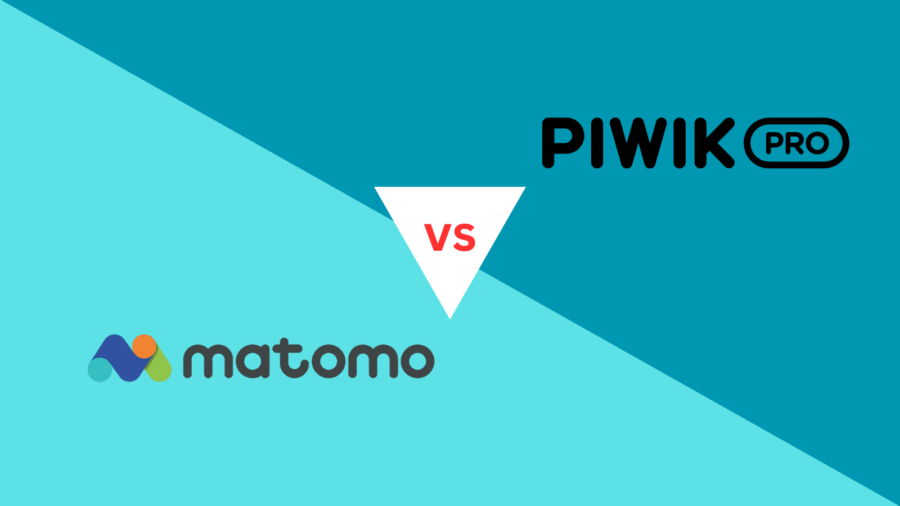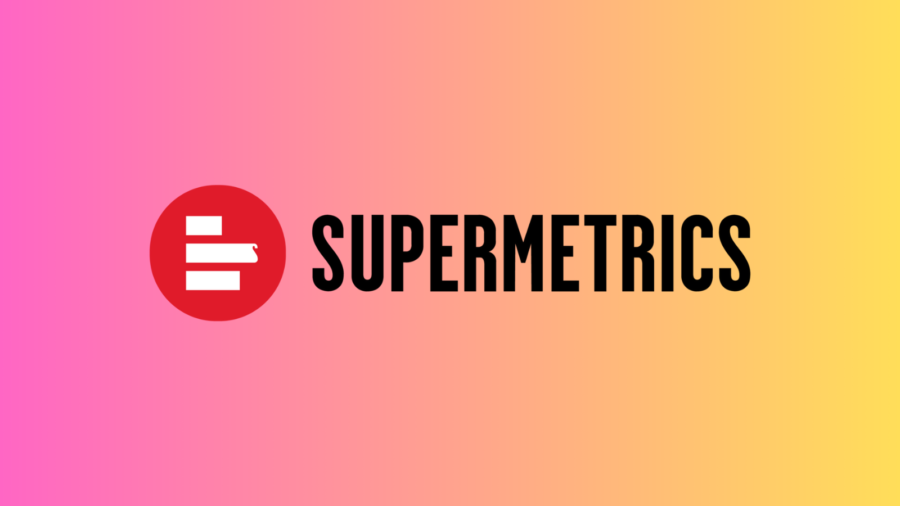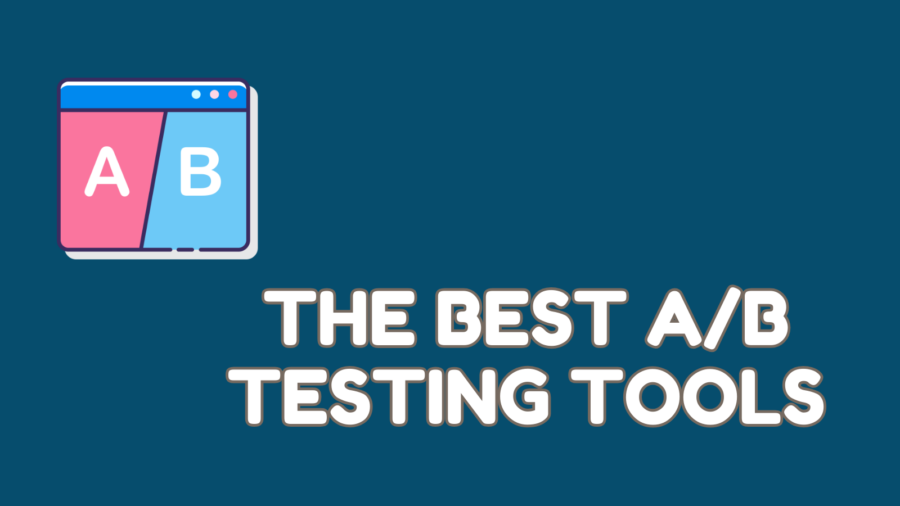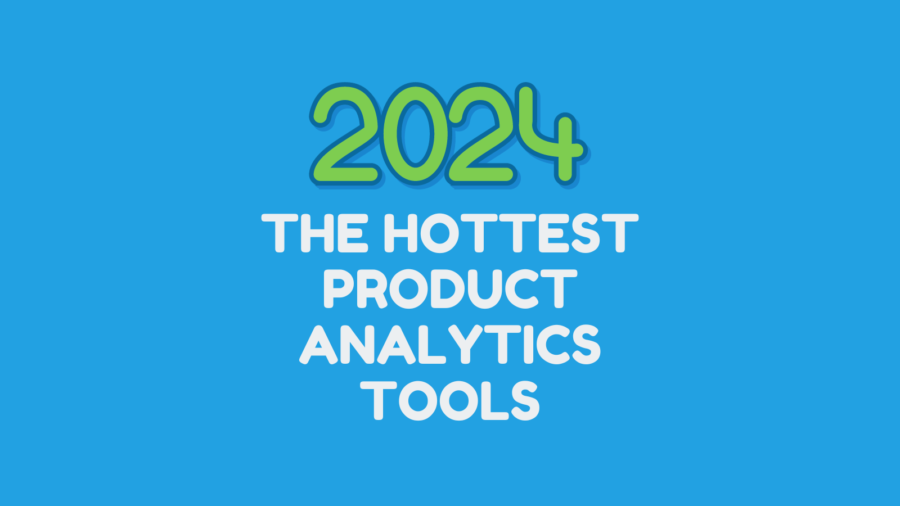Introduction:
In the ever-evolving landscape of digital businesses, understanding user behavior and optimizing product performance are crucial aspects of success. Two prominent players in the realm of product analytics, Google Analytics and Matomo, stand out as go-to solutions for businesses seeking to gather insights into user interactions. In this blog post, we will delve into a comprehensive comparison of these two platforms from a product analytics perspective, exploring their features, advantages, and potential drawbacks.
- Data Ownership and Privacy:
One of the fundamental differences between Google Analytics and Matomo lies in the realm of data ownership and privacy. Google Analytics, a widely used web analytics service, stores data on Google’s servers, raising concerns about privacy and control over sensitive information. On the contrary, Matomo, an open-source alternative, allows users to host their analytics data on their servers, offering a more transparent and privacy-centric approach.
For businesses that prioritize data sovereignty and are wary of third-party data handling, Matomo’s self-hosted solution can be a compelling choice. In contrast, Google Analytics might appeal to those comfortable with relying on Google’s infrastructure and trust in its data security measures.
- Customization and Flexibility:
When it comes to tailoring analytics to fit specific business needs, Matomo shines with its open-source nature, providing users with the freedom to customize the platform according to their unique requirements. This flexibility allows businesses to create custom reports, dashboards, and tracking mechanisms, providing a level of granularity that may be challenging to achieve with Google Analytics.
On the other hand, Google Analytics, being a proprietary solution, has certain limitations in terms of customization. While it offers a wide range of predefined reports and dashboards, businesses may find themselves constrained by the pre-established framework. Companies that require highly specialized analytics setups may lean towards Matomo for its adaptability and openness.
- Cost Considerations:
Cost is a significant factor for businesses of all sizes, and the pricing models of Google Analytics and Matomo differ significantly. Google Analytics offers a free tier with limited features, making it accessible to smaller businesses. However, as usage and data needs grow, users may find themselves subject to tiered pricing that can become substantial for enterprises with high traffic volumes.
Matomo, with its open-source roots, provides a free self-hosted option, allowing businesses to enjoy core analytics functionalities without incurring additional costs. For organizations with budget constraints or those seeking a more predictable cost structure, Matomo’s open-source model might be a more attractive proposition.
- Ease of Use and Accessibility:
User-friendliness plays a pivotal role in the adoption of analytics platforms, especially for businesses with diverse teams. Google Analytics, with its intuitive interface and user-friendly features, is often praised for its ease of use. The platform’s widespread adoption and extensive documentation make it a straightforward choice for businesses looking for a quick setup and minimal learning curve.
Matomo, while still user-friendly, may require a slightly steeper learning curve due to its open-source nature and the need for self-hosting. However, the trade-off comes with the advantage of complete control over the analytics environment. Businesses that prioritize ease of use and quick implementation might find Google Analytics more suitable, while those valuing control and customization may opt for Matomo.
- Real-time Analytics:
In the fast-paced digital landscape, real-time analytics have become a necessity for businesses to respond promptly to changing user behaviors. Google Analytics excels in providing near real-time data, offering businesses the ability to monitor and react to user interactions as they happen. This can be crucial for timely decision-making and marketing strategies.
Matomo, while capable of providing real-time analytics, may not match the immediacy of Google Analytics in all scenarios. The self-hosted nature of Matomo can introduce a slight delay in data processing, making it less ideal for situations where split-second decisions are crucial. Businesses heavily reliant on real-time insights may find Google Analytics better suited to their needs.
- Integration with Other Tools:
The seamless integration of analytics data with other tools and platforms is essential for creating a cohesive digital ecosystem. Google Analytics, being a part of the Google Marketing Platform, offers robust integration capabilities with various Google services such as Google Ads and Google Tag Manager. This interconnectedness streamlines data flow and facilitates a unified approach to marketing analytics.
Matomo, while supporting integrations with popular platforms, may not have the same level of native integration as Google Analytics. Businesses already entrenched in the Google ecosystem may find the integration advantages of Google Analytics a compelling reason to stick with the platform. However, for those seeking a more open and customizable integration environment, Matomo’s flexibility could be an attractive feature.
- Community Support and Documentation:
A thriving community and extensive documentation are vital for resolving issues, gaining insights, and maximizing the potential of an analytics platform. Google Analytics benefits from a vast user base, leading to a wealth of online resources, forums, and official documentation. This widespread community support ensures that businesses using Google Analytics can easily find solutions to common problems and stay updated on best practices.
Matomo, being an open-source solution, also boasts an active community that contributes to its development and support. While the community may be smaller than that of Google Analytics, users can still access forums, documentation, and community-contributed plugins to enhance their Matomo experience. The choice between the two may depend on the level of community support that aligns with a business’s preferences and needs.
Conclusion:
In the realm of product analytics, the choice between Google Analytics and Matomo boils down to the unique needs and priorities of each business. Google Analytics, with its user-friendly interface, real-time capabilities, and tight integration with the Google ecosystem, is a strong contender for businesses seeking a robust and widely adopted solution.
On the other hand, Matomo’s strengths lie in its data ownership model, customization options, and open-source nature, making it an appealing choice for organizations valuing privacy, flexibility, and cost-effective solutions.
Ultimately, the decision between Google Analytics and Matomo should be based on a careful consideration of factors such as data ownership preferences, customization requirements, budget constraints, and the need for real-time analytics. By weighing these factors, businesses can make an informed choice that aligns with their goals and objectives in the dynamic landscape of digital product analytics.
Check more comparisons from our Unraveling the Power of Product Tools series.





